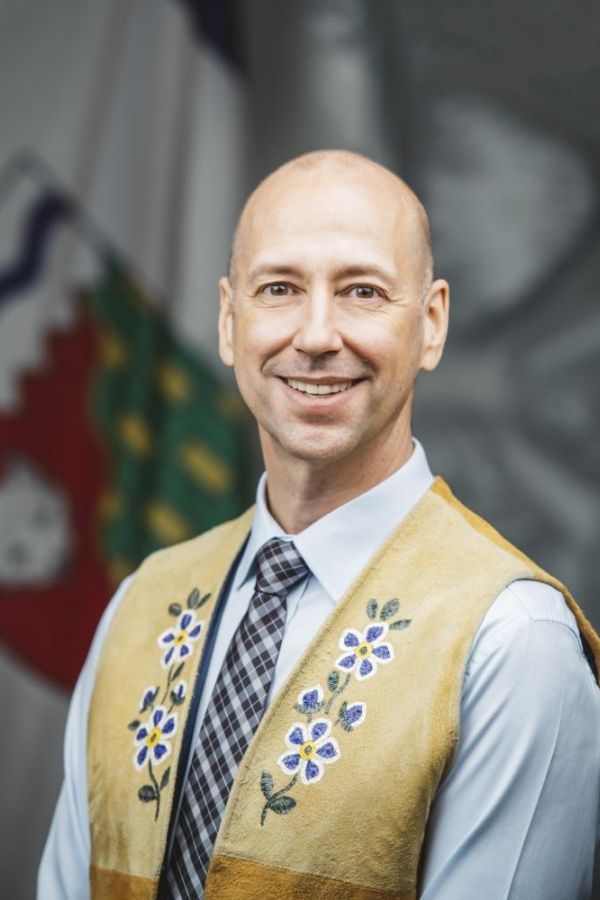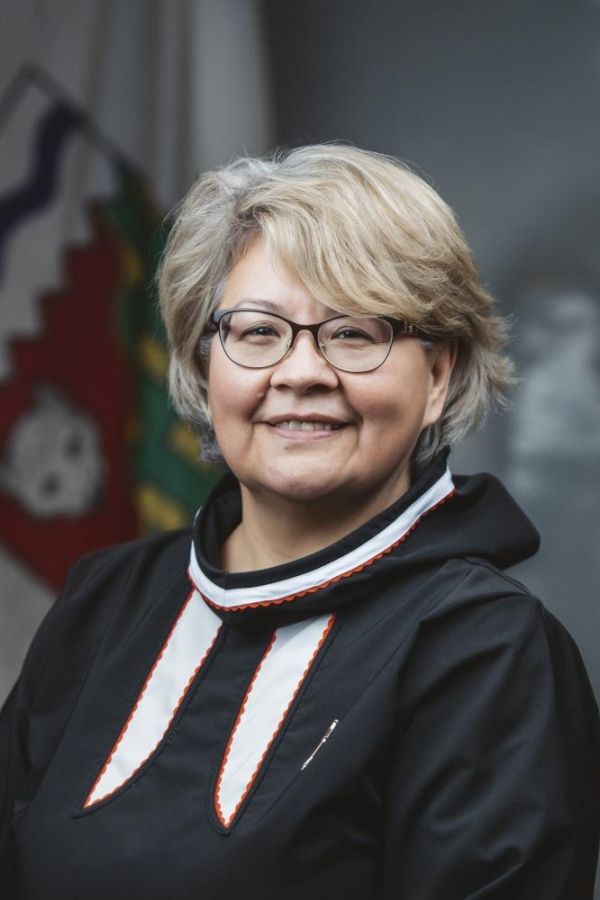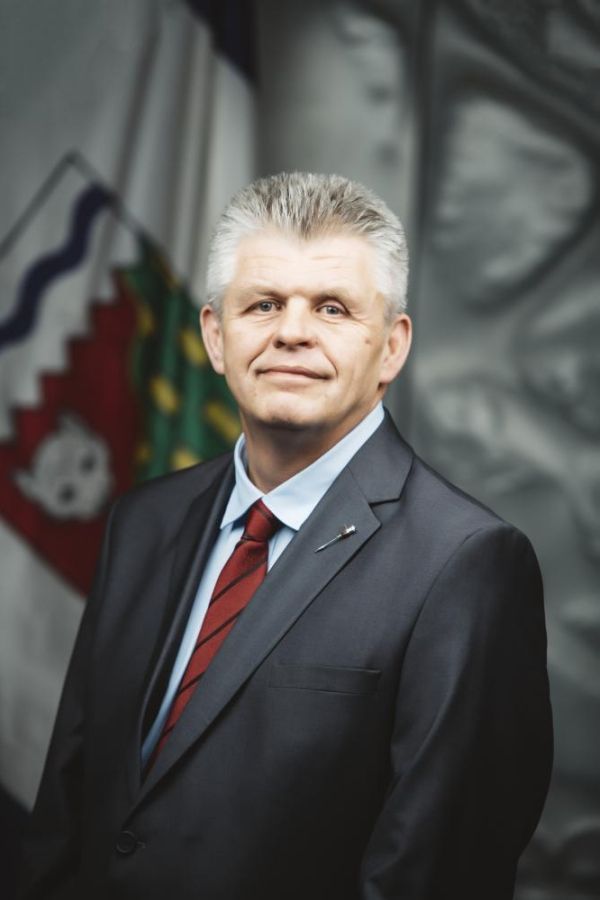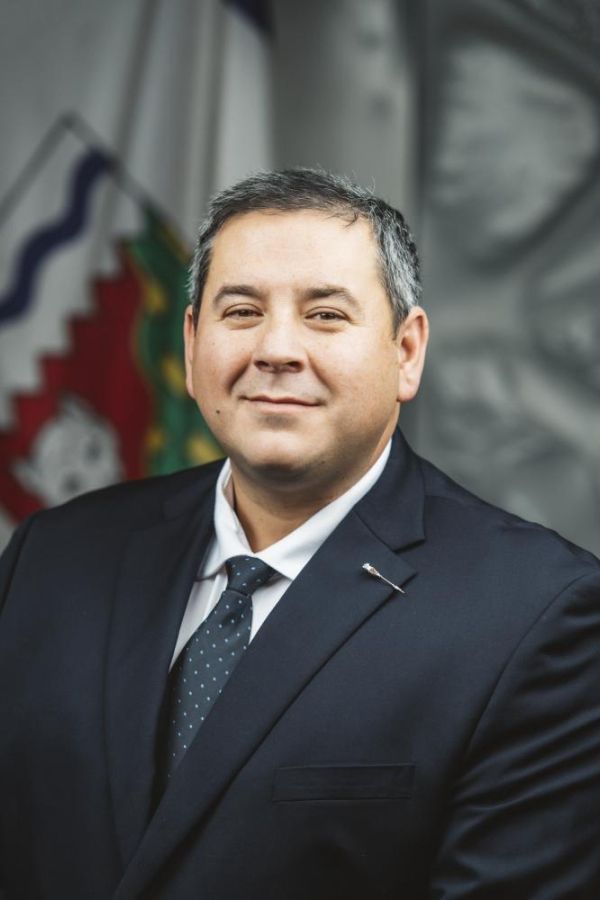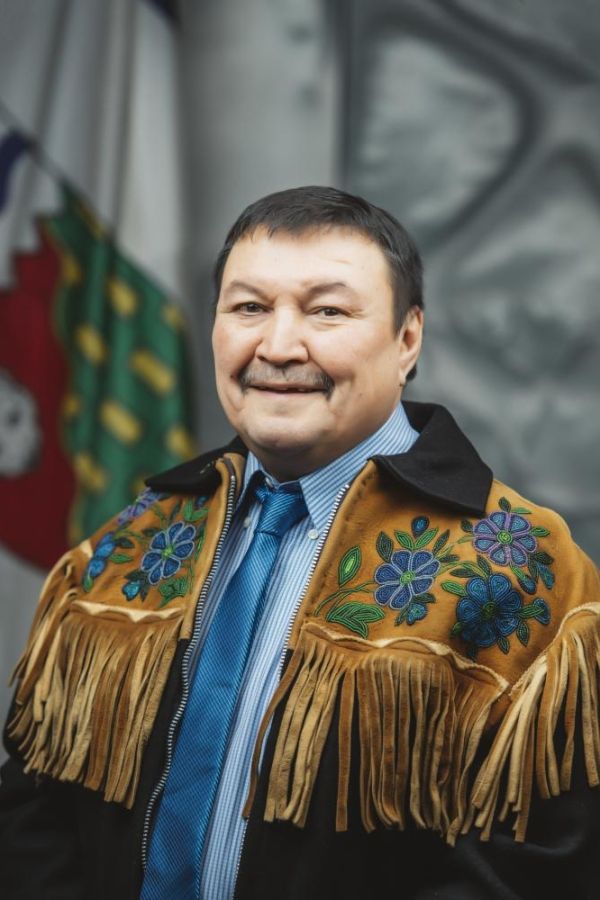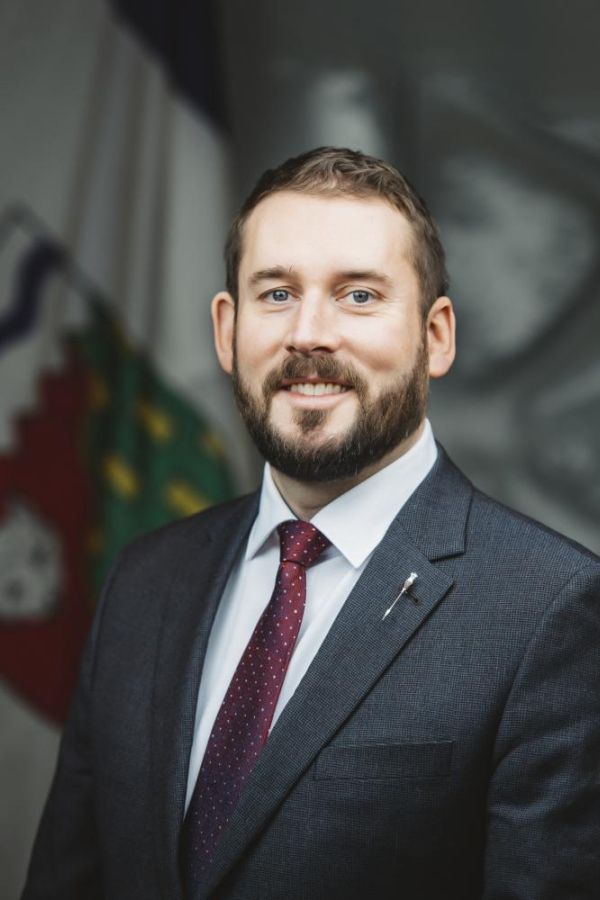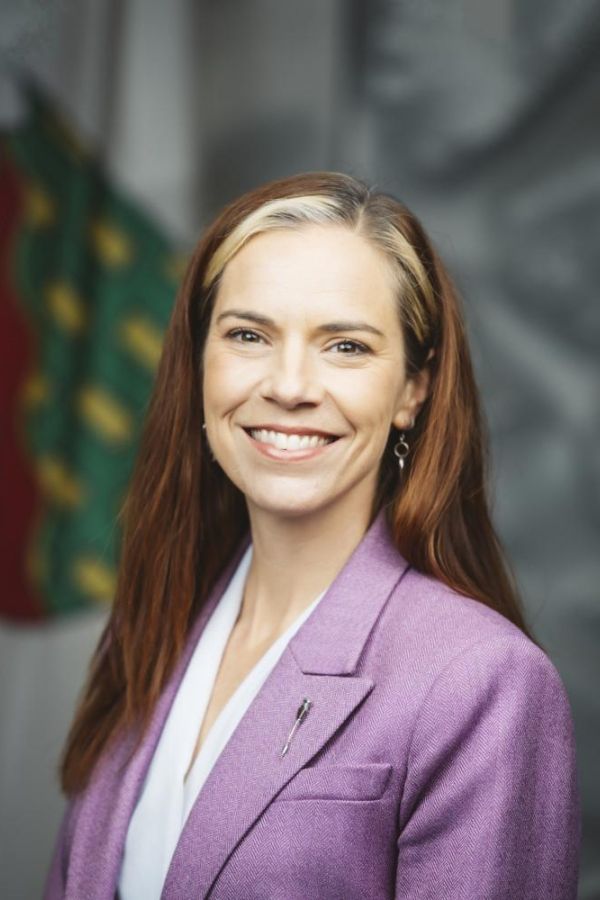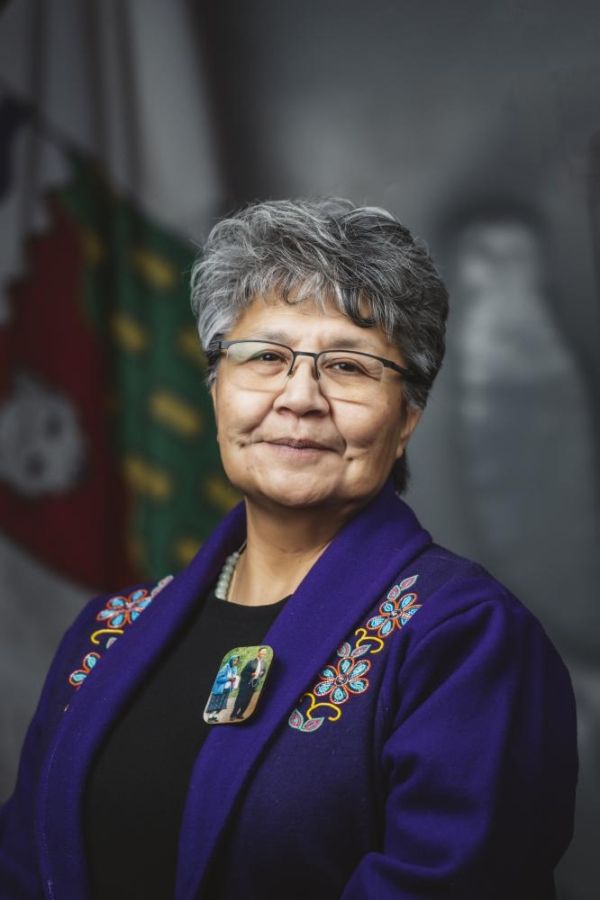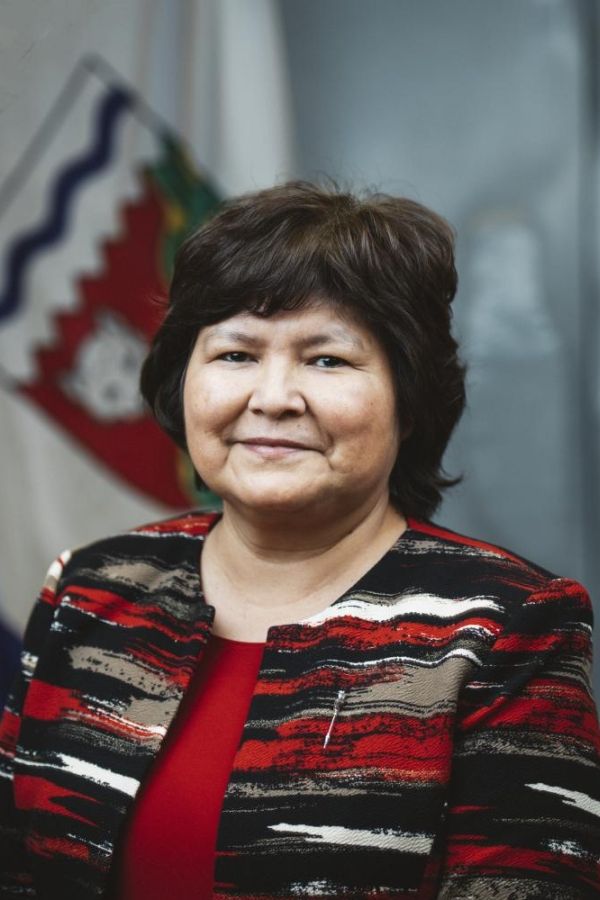Debates of February 27, 2025 (day 47)
Minister’s Statement 99-20(1): Royal Canadian Mounted Police’s Body Worn Cameras

Thank you, Mr. Speaker. Mr. Speaker, the 20th Legislative Assembly has made the safety of the residents and communities of the Northwest Territories one of its priorities. Many of us have witnessed and been affected by an increase in criminal activities, particularly the drug trade. Successful public safety efforts rely on trusting relationships between the RCMP and our residents.
In November 2024, Northwest Territories RCMP officers began wearing body worn cameras. By the end of March 2025, officers in 17 of 21 detachments will be equipped with this technology. The remaining four detachments in Whati, Lutselk'e, Sachs Harbour, and Ulukhaktok, will be using body worn cameras by summer 2025.
Body worn cameras are now a national standard for frontline officers, with the aim of enhancing transparency, trust and confidence in law enforcement. The Use of body worn cameras is a well-established practice and is widely supported by the public. For RCMP detachments, this tool can improve evidence gathering and build trust in the RCMP.
Mr. Speaker, while working to ensure safety in our communities, the preservation of residents' privacy remains an important consideration. As these cameras create footage showing members of the public, access to these videos is strictly controlled. The public can request access to videos of themselves by submitting a request to the RCMP under their privacy legislation.
Each officer will be assigned a camera that is hard coded to their badge number to verify ownership and continuity of evidence. RCMP officers have received training on the rules that determine when body worn cameras should be turned on or off. For example, officers are expected to turn their camera on when exiting their vehicle and responding to a call for service. Cameras can be turned off when there is no expectation of a serious incident and there is a high expectation of privacy, such as inside schools and hospitals, or when conducting intimate searches.
Public education is an important part of this rollout. Posters in all 11 official languages in the NWT have been displayed throughout the communities to raise awareness about this initiative and provide contact information for concerns or feedback. Detachment commanders are contacting local governments, Indigenous organizations, and non-government organizations before body worn cameras are deployed in their community. While on duty, officers will carry and distribute information cards to residents, which will be available in the official languages spoken in their detachment area.
To ensure the proper functioning and reliability of this technology, two positions in G-division are now dedicated to the body worn camera program. These positions will support implementation, monitoring and reporting, and will coordinate requests for access to videos. On a technical level, there are bandwidth upgrades in progress for both fibre and low earth orbit satellite connections to ensure reliability in all 33 communities.
Mr. Speaker, the 20th Legislative Assembly is committed to building safe communities for Northerners and collaborating with the RCMP in its fight against crime. I am confident this tool will be an asset to help RCMP detachments carry out their work and protect our communities, while contributing to strengthening the trust and confidence of our residents in law enforcement. Thank you, Mr. Speaker.
Thank you, Minister of Justice. Ministers' statements. Minister for Municipal and Community Affairs.




